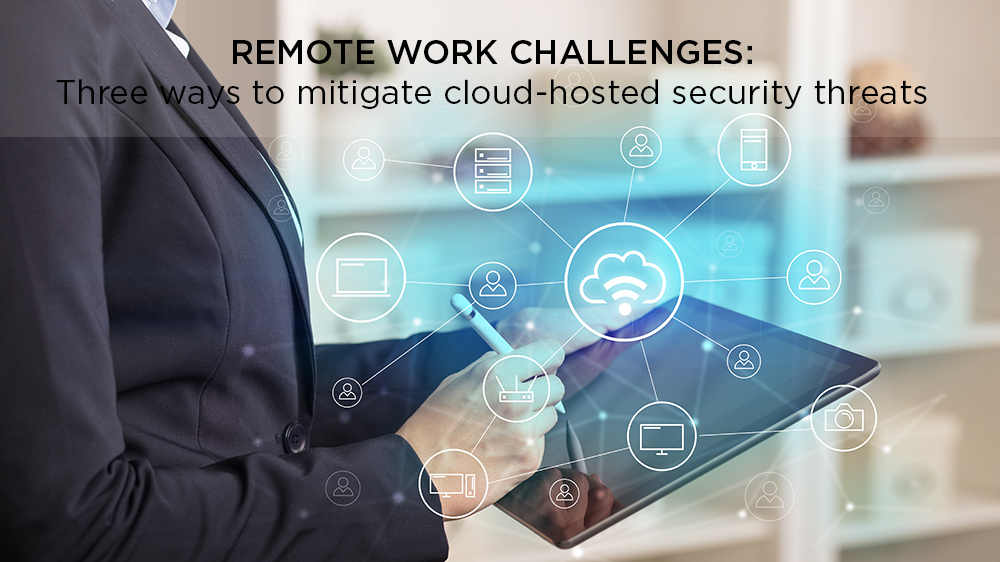Cloud misconfigurations and stolen or compromised credentials are costing businesses trillions of dollars every year. It is estimated that the lost business cost is “nearly 40% of the average total cost of a data breach, increasing from $1.42 million in 2019 to $1.52 million in 2020”. Furthermore, lost and stolen credentials, along with cloud misconfigurations were the most common root causes for data breaches. These are astronomical numbers and it is estimated to have cost organizations around $5trillion. Of course, as remote workforces grow due to COVID-19, these numbers are bound to increase. The goal for your security team is therefore to ensure a seamless shift from the traditional office to the home office and secure operations for your business no matter where users are located. Here are three tips to consider:
- Leverage the advantages of the cloud
- Enhance cloud security for a remote workforce
- Get the tools to detect and address in-cloud threats
Nevertheless, remote workers often require a technology stack that is heavily reliant on cloud computing. Furthermore, in many cases, breaches occurred not because of any advanced hacking technique, but simply because databases and cloud storage buckets were not configured securely and left publicly accessible.
1. Leverage the advantages of the cloud
For a remote workforce, the cloud provides the necessary flexibility to leverage the same productivity, collaboration, and communication tools they were used to on-prem, but with credentials for security. The cloud environment further provides scalability when work-from-home employees and their corresponding personal devices increase but this also means an increase in the number of endpoints to account for. Collaborating with cloud service providers can ensure the security of data, apps and infrastructure.
2. Enhance cloud security for a remote workforce
Businesses must ensure that security is built into cloud environments at the outset and reevaluated regularly in order to meet progressing demands. By addressing this, you can better prepare your IT security team and the rest of your employees for the shift to remote work.
3. Get the tools to detect and address in-cloud threats
Consider integrating your current security tools for richer insights into threats across hybrid and multi-cloud environments. This will assist security teams to search for and respond to more quickly and without moving the original data.
Whether your organization has been using cloud-hosted services and applications for a while or has recently migrated workloads to cloud-based environments it remains vital to ensure that cybersecurity remains top of mind. Contrary to popular belief, cloud platforms are not inherently secure and appropriate steps must still be taken to protect public and private cloud environments. Stage2Data’s BCPaaS solution now includes business continuity as a service, powered by Plan4Continuity, to reduce the impact of, among other, the recent COVID-19 pandemic on their employees and operations.
A Practical Guide to
Cloud Backup
If you found this post interesting, you might enjoy these too:
COVID-19: How to work from home the right way



